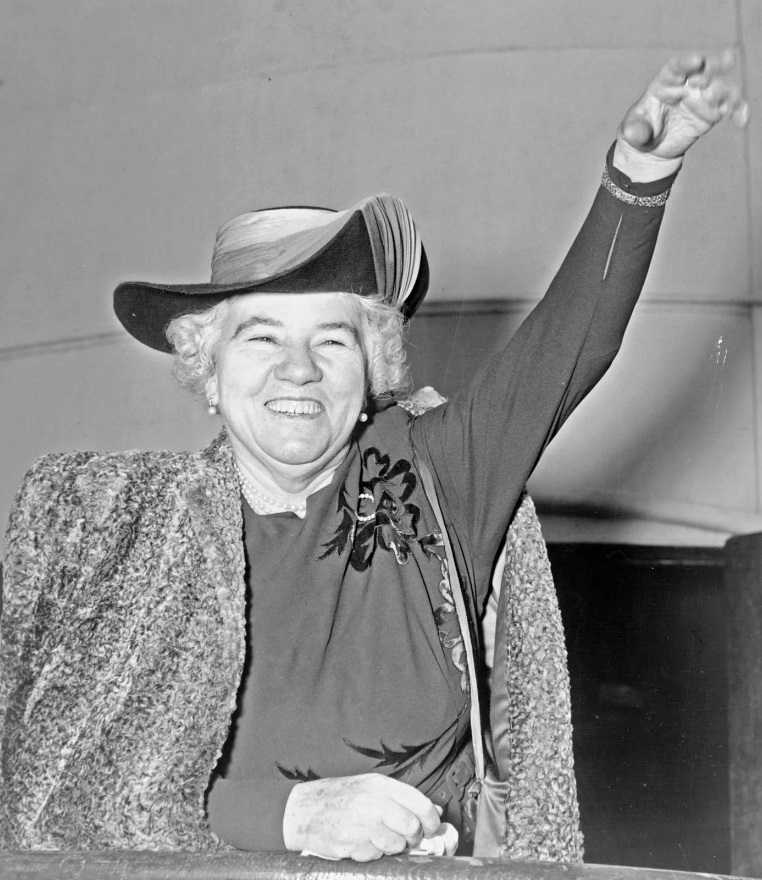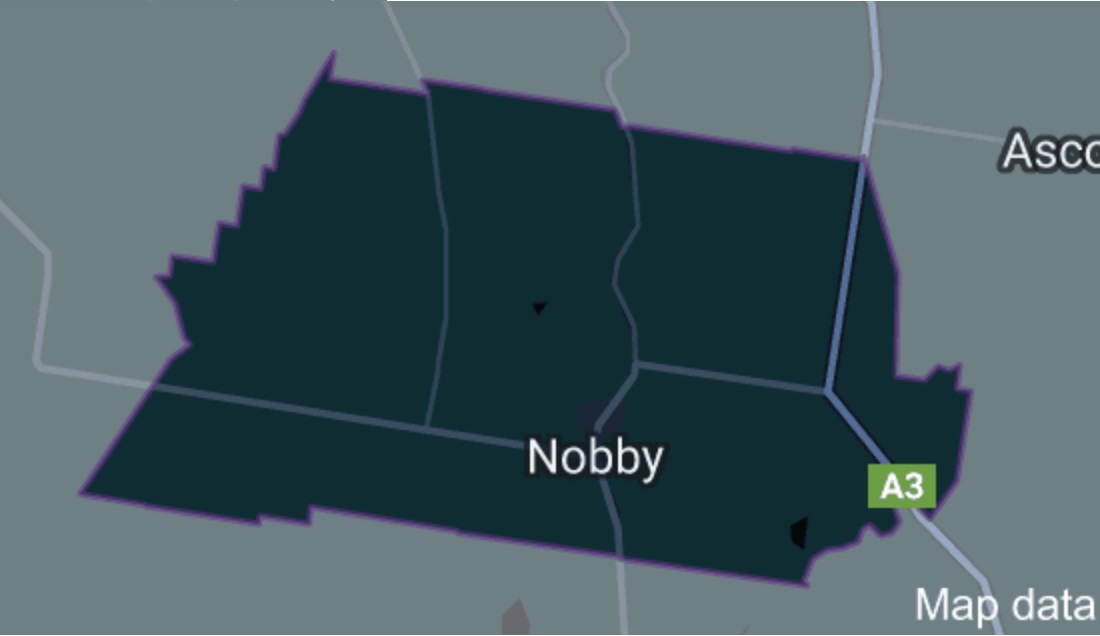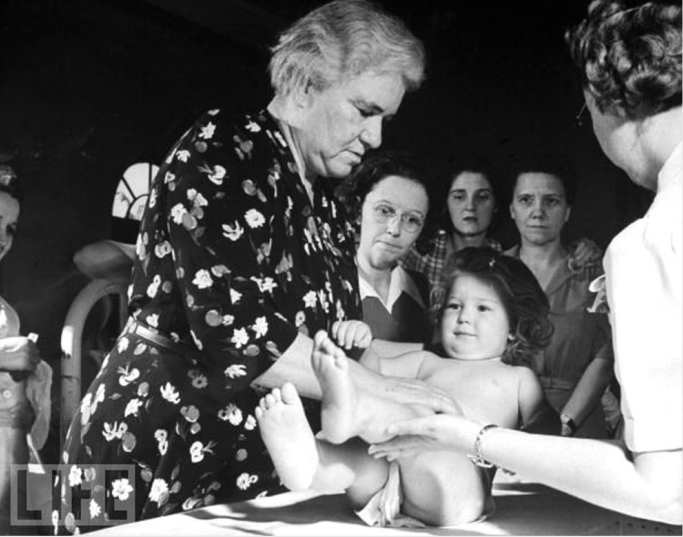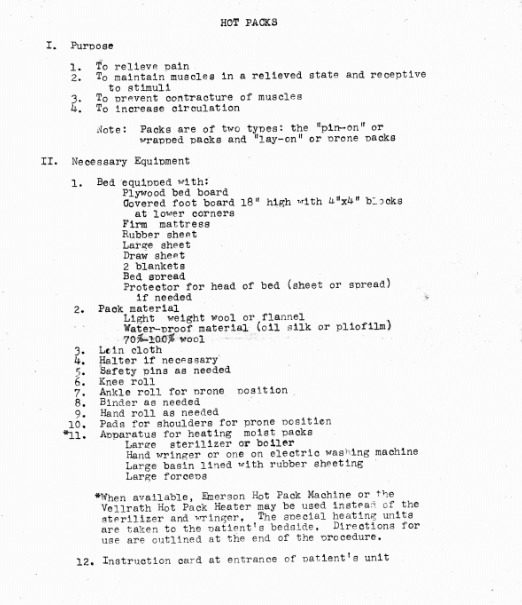
Elizabeth Kenny, Courtesy of Britannica

Elizabeth Kenny, Courtesy of Britannica
"I knew nothing of infantile paralysis then. But I did know muscle structure. Years before I had even thought of becoming a nurse, I had read every book on anatomy I could lay my hands on."
~ Elizabeth Kenny
Elizabeth Kenny was born in rural Australia to a lower middle class family. She had a great interest in medicine, however received little to no formal training.
This would become an obstacle for Elizabeth Kenny's advancement in her career.
This however, did not stop her from pursuing her interest in medicine.
She volunteered at a hospital in Guyra, N.S.W to improve her knowledge...
...and in 1910, she started her own local nursing practice, initially using horseback (then motorcycle) to visit patients. She gave her services, without pay, to any who called her.
It would be an understatement to say she had incredible work ethic.

Nobby, a town in Australia where Kenny did her nursing practice, Courtesy of Google Maps
"It just seemed like she required very little rest. She was always up early in the morning and ready to go, and she'd be calling people at ungodly hours."
~ Margaret Ernest, Kenny's office administrator

Elizabeth Kenny, Courtesy of Fingerprint
The Kenny Method
Kenny witnessed her first case of polio in 1911. She was unsure how to relieve their suffering, and wasn't aware of the accepted method of treating them at the time... which was to immobilize them by using splints, braces, and plaster casting on patients (which was later found to worsen their mobility).
With this, she developed her own method of rehabilitation that encouraged gentle movement and the use of heat packs. She also emphasized having the spirit to get better as an important factor to the treatment as well.

Instructions for applying hot packs; part of "Information for Relatives of Polio Patients," Courtesy of PolioPlace
This method is known as the "Kenny Method", and this was the beginning of a revolution of polio treatment.